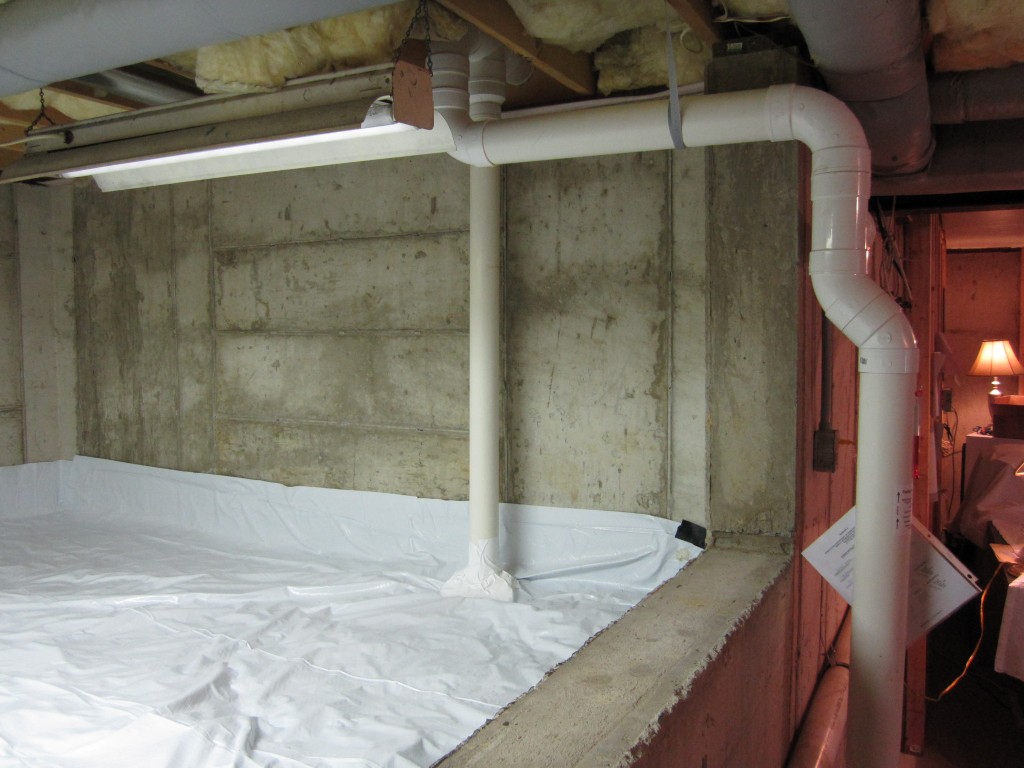Radon protection systems inc.
Radon fan attic noise.
Air flow and vibration.
The radon system is hidden.
Is your radon fan starting to get loud.
When installed through the attic space the radon fan and its electrical components are located within the attic.
There are two noises that are generated by the radon system.
Although radon systems installed through the exterior are quiet installing the fan inside attic space can prevent all noticable system noise.
If your radon fan sounds like this.
I have discovered the problem.
To minimize the noise the following must be taken into consideration.
If that helps enough find some weather resistant material to wrap around it or maybe put it inside a constructed shell that matches your house exterior.
This makes it more inaccessible to children or animals to get at.
Set timer to go off at bedtime replace fan with quieter fan secure pipe better to reduce vibrations.
It also might work to put some kind of wall covering on the inside wall next to the fan.
I have never found a radon fan more than a bit warm even if the motor has been stalled by some blockage so there appears to be no concern about causing a fire from the fan overheating.
Electrical components are out of reach.
If it s making noises it should be inspected by a professional who can diagnose and fix problems with your system.
After documenting the temp and rh in both the house and crawl space i have discovered the radon fan is somehow bringing humidity outdoor air into the building envelope.
When a radon system is installed in the attic space the fan and all electrical components are also located in the attic.
Make sure the fan has rubber dampers between it and the pvc use a dimmer switch to run the fan at a lower speed use a smart switch to put the fan on a timer.
The air flowing through the fan will maintain the fan temperature.
Instead of having the fan and venting pipes on the outside of the home the only visible component on the outside is the vent stack that rises through the roof.
Can replace the old fan with a new one.
This location is more innaccessible to children who may turn the fan off or play with the system components.
Try wrapping a blanket around the fan just to see how much it reduces the noise.
If your fan stops working it needs to be replaced as soon as possible.
This video will compare a new radon fan to the noise created by an old radon fan.
The amount of cfm cubic feet of air per minute the size of the pipe determines how much airflow can be pushed through the system.
When you need to replace your radon mitigation fan it is advisable to replace it with one having at least the same flow and static pressure capability.

